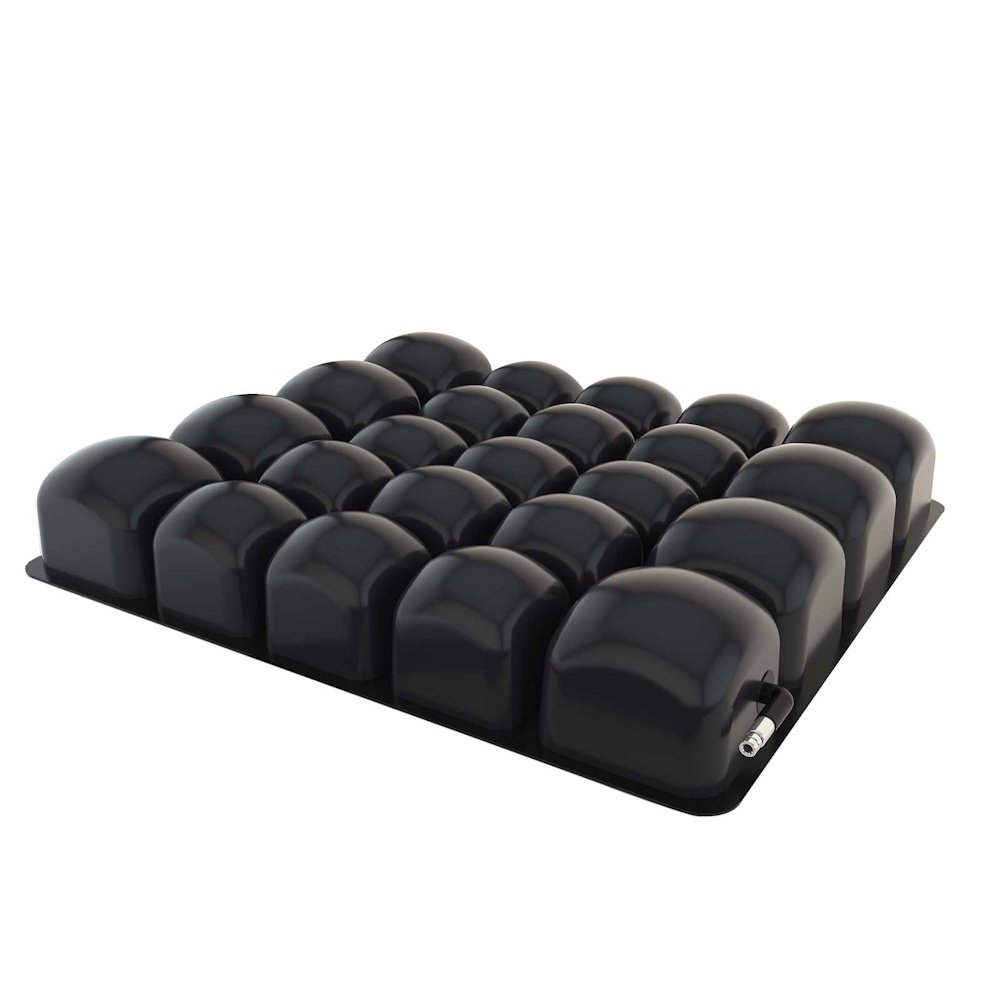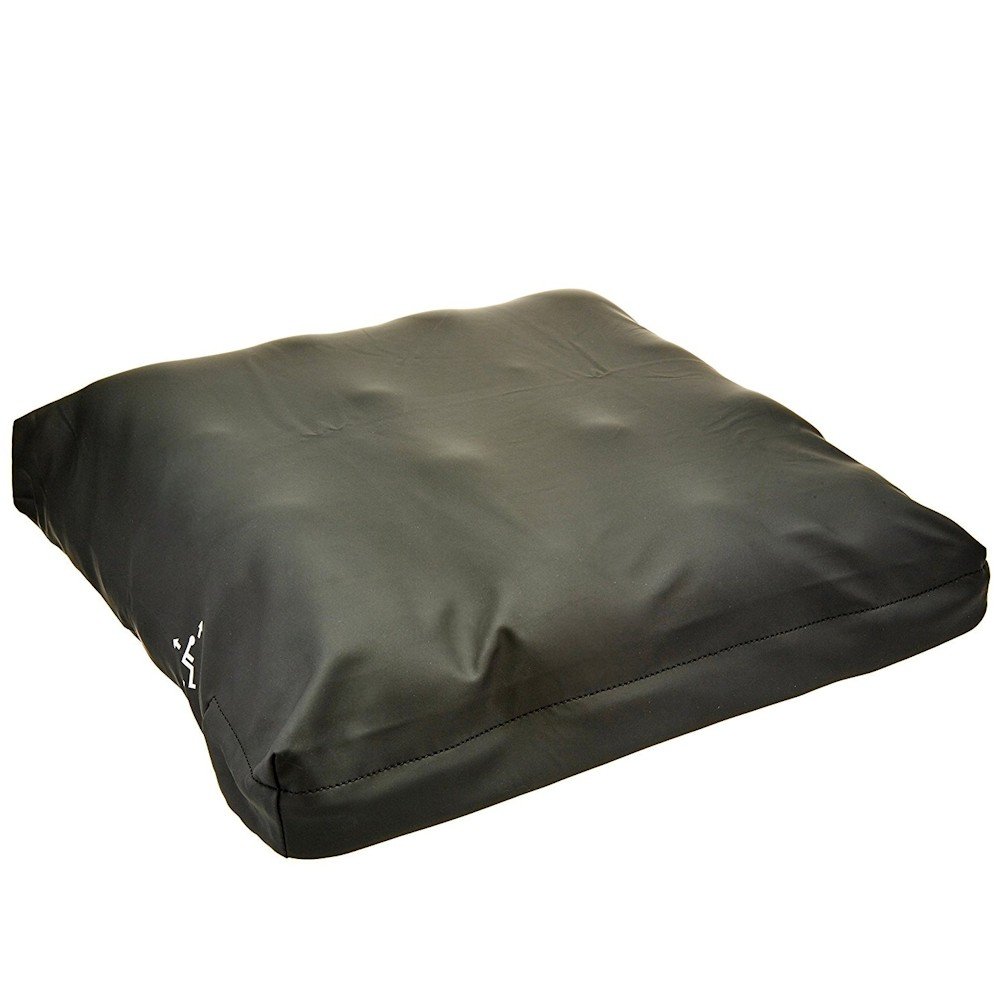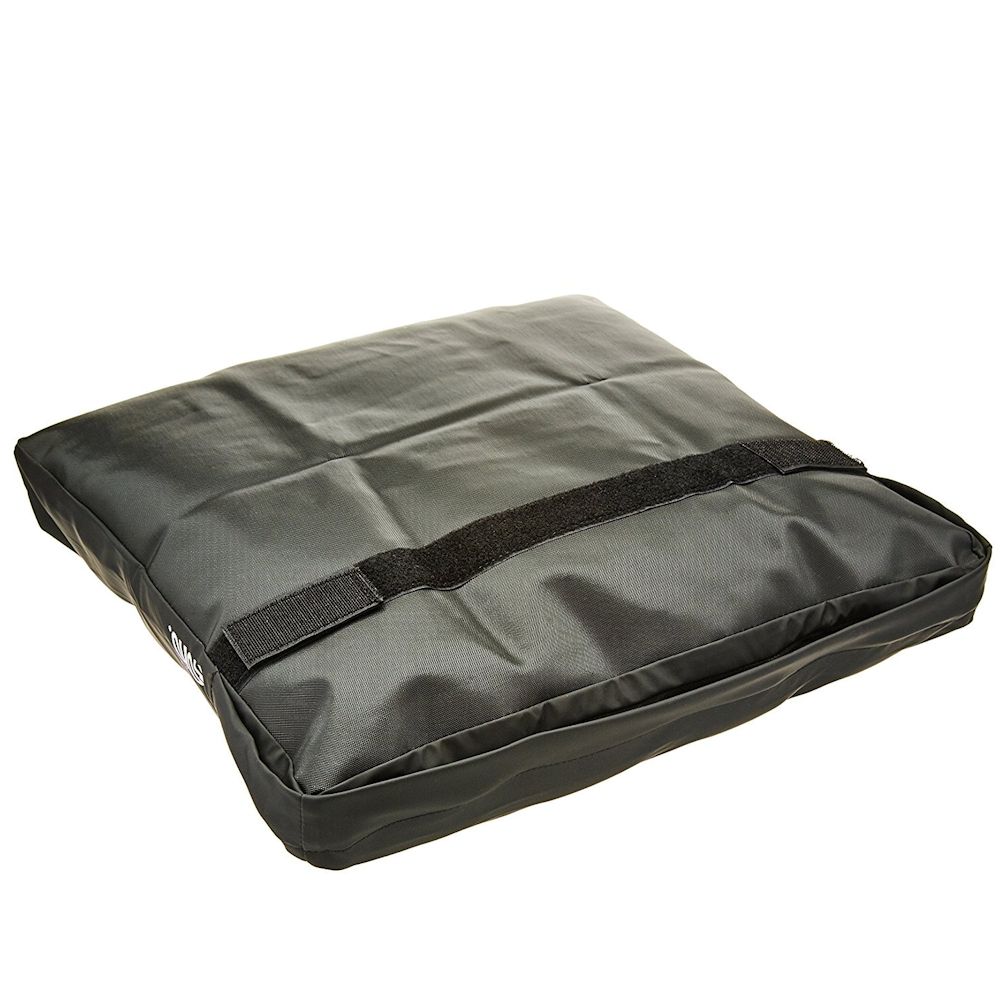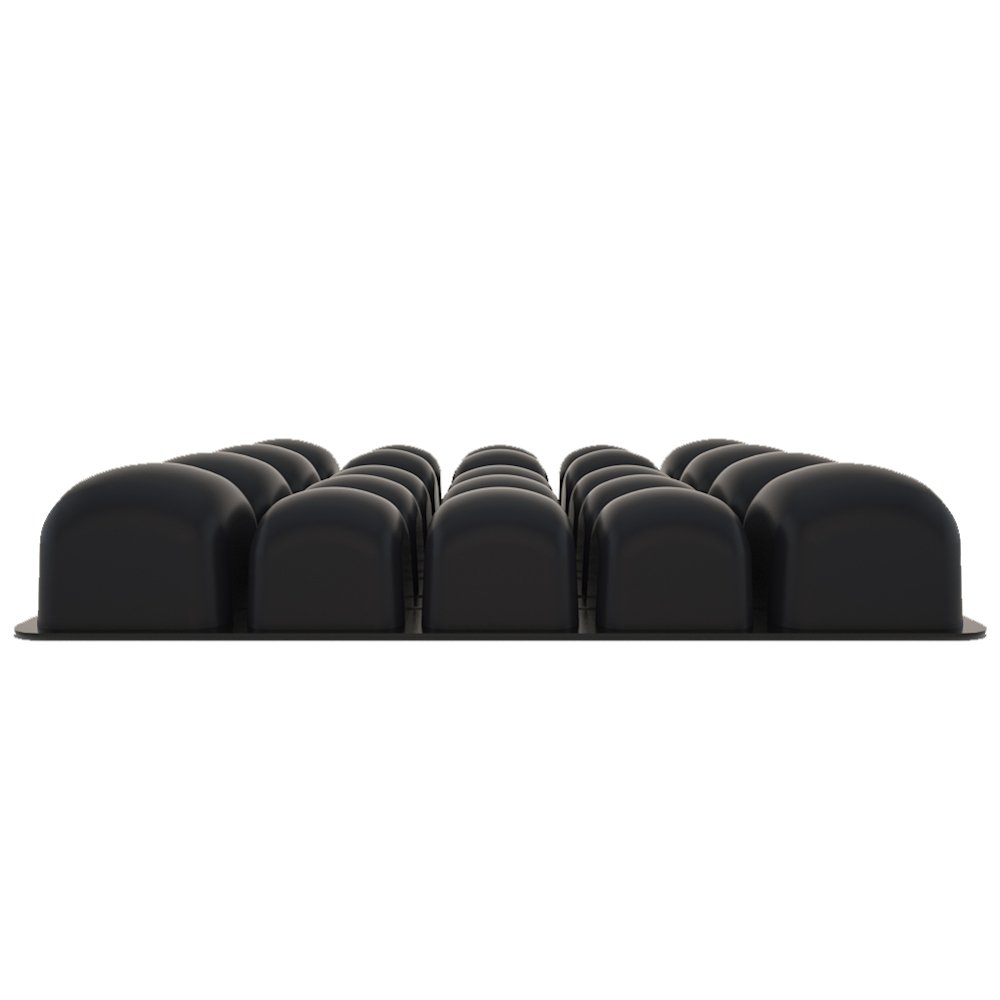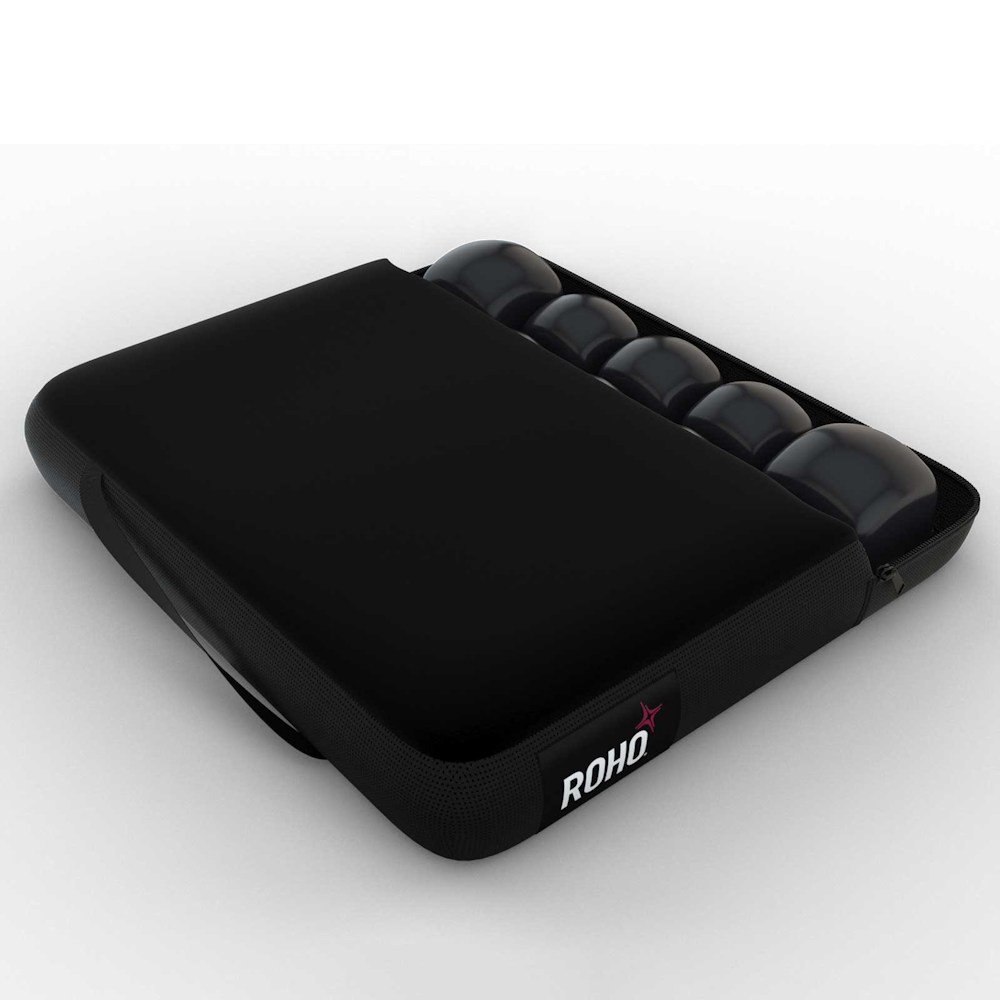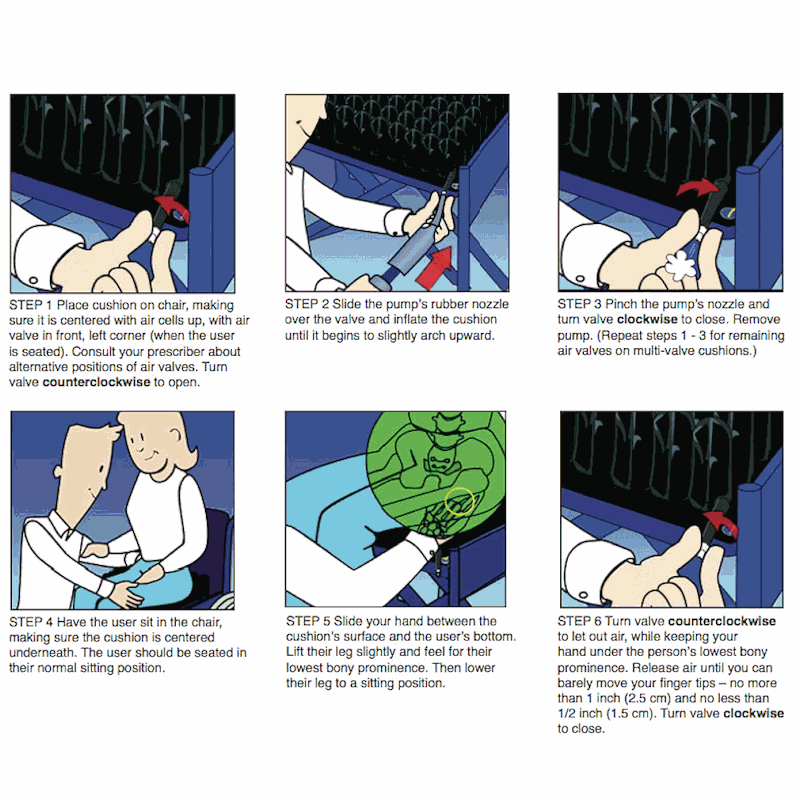- Sorry, this product cannot be purchased.
Wheelchair Seat Cushion
$93.23
The wheelchair seat cushion is adjustable for a custom fit and the individual air cells are always working to match your shape and movements. The cells are anatomically designed with effective, controlled flow of air, so you can sit for longer periods with less pain.
The PVC air cells are made without DEHP and can be hand washed, while the cover can be machine washed. 18″ x 16″ Comes with cushion, cover and air pump.
Prices & Offers Subject To Change
Wheelchair Seat Cushion Prevents Tissue Damage & Increases Comfort
With many seat cushions available, the best is one that uses air cells to promote increased sitting time while protecting the skin and soft tissues.
The cushion is adjustable for a custom fit and the individual air cells are always working to match your shape and movements. The cells are made of durable PVC and are anatomically designed with effective, controlled flow of air, so you can sit for longer periods with less pain.
The wheelchair seat cushion offers preventative skin and soft tissue protection that is crucial for those who need to be positioned in a wheelchair for extended periods. It is scientifically designed to consider microclimate and the relationship between pressure, friction and shear forces.
 The best wheelchair seat cushion should employ a pressure redistributing system which enhances functionality, while increasing comfortable seating time without tissue breakdown and support healing of damaged tissue as well. This is the one I recommend for most seating situations as we work with many special wheelchair headrest configurations.
The best wheelchair seat cushion should employ a pressure redistributing system which enhances functionality, while increasing comfortable seating time without tissue breakdown and support healing of damaged tissue as well. This is the one I recommend for most seating situations as we work with many special wheelchair headrest configurations.
The amazing “dry air flotation” technology (simulates how water equalizes pressure) used by ROHO is proven for effectiveness and the cushion is a segmented surface, air filled, non slip design using adjustable interconnected cells for even distribution and adaptation of forces. Air can be released through a valve so the patient is suspended above the chair surface, allowing equal pressure distribution.
The cushion includes a cover, hand pump and instructions. It is great for those who are at risk of (pressure magnitude, duration, and shear) or currently have skin or soft tissue breakdown. It is suitable for those with normal or impaired sensation, require better accommodation of pelvic asymmetry, or just need improved comfort of the seating surface.
The interconnected cells are flexible and can be adjusted to individualize support for different sizes and shapes, allowing change to accommodate better blood flow as needs change over time. There are cheap foam and gel cushions, as well as very expensive models, however, this is a cost effective solution for pressure redistribution with many benefits for individual requirements.
The PVC air cells are made without DEHP and can be hand washed, while the cover can be machine washed. You might think an air cell or inflatable cushion would be prone to puncture or deflation with use, however, I can attest to the durability of this cushion. One patient that suffered a stroke some 4 years ago has had the cushion and has used it constantly through hours of sitting and many transports. Although looking a bit worn, it is still functional and works like new.
Wheelchair Seat Cushion Proven Technology
 A 2009 article in the British Journal of Community Nursing indicates the efficacy of the dry flotation technology in prevention of pressure ulcers. Fortunately, this technology is readily available as a simple and economical solution which is well tolerated by a wide range of care environments.
A 2009 article in the British Journal of Community Nursing indicates the efficacy of the dry flotation technology in prevention of pressure ulcers. Fortunately, this technology is readily available as a simple and economical solution which is well tolerated by a wide range of care environments.
A 2018 study in Disability and Rehabilitation: Assistive Technology examined three high end cushions for pressure distribution in patients suffering spinal cord injury. The Roho had the lowest average for the peak pressure when sitting and moving the wheelchair. The authors concluded, “Understanding and minimizing pressure points can contribute to the appropriate rehabilitation process.”
Other Considerations
A 2019 study in BioMed Research International found that altering the seat tilt and recline angles are beneficial in prevention of tissue damage and can aid in healing. The study indicated that small tilt and recline angles are able to reduce sitting pressure, while larger angles are needed to increase blood flow to the sit (ischial) bone regions. Therefore, tilt-in-space wheelchairs can be beneficial for increasing pressure relief.
Having a wheelchair that is adjustable for seat pan and back recline is a nice feature, however, for those who cannot have or upgrade to this feature, having a good wheelchair seat cushion is important. It is possible; I have done this, although you should have an Occupational Therapist demonstrate and evaluate, to have the patient in front of you with wheelchair locked and tilt the chair back while you are seated behind. This often provides short term relief and I have done this for periods of 5 to 10 minutes.
Related products
-
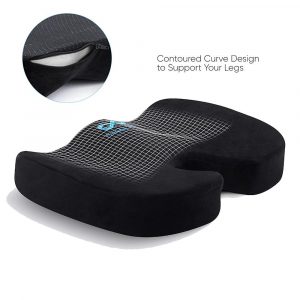 Sale!
Sale!
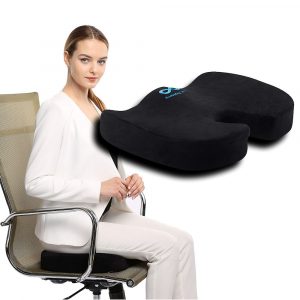
Best Coccyx Cushion
$59.99Original price was: $59.99.$36.99Current price is: $36.99. Order Now From Amazon -


Active Seat
$19.99 Place This Order on Amazon -


Gel Seat Cushion
$49.99 Place This Order on Amazon -
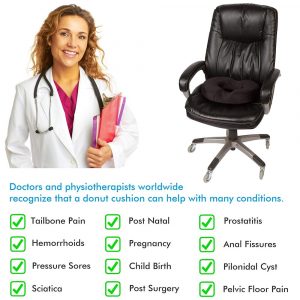 Sale!
Sale!
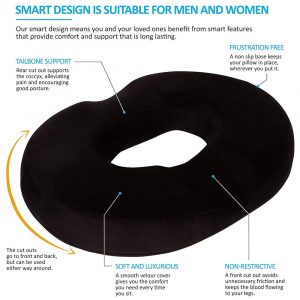
Donut Pillow
$28.95Original price was: $28.95.$24.85Current price is: $24.85. Place This Order on Amazon
